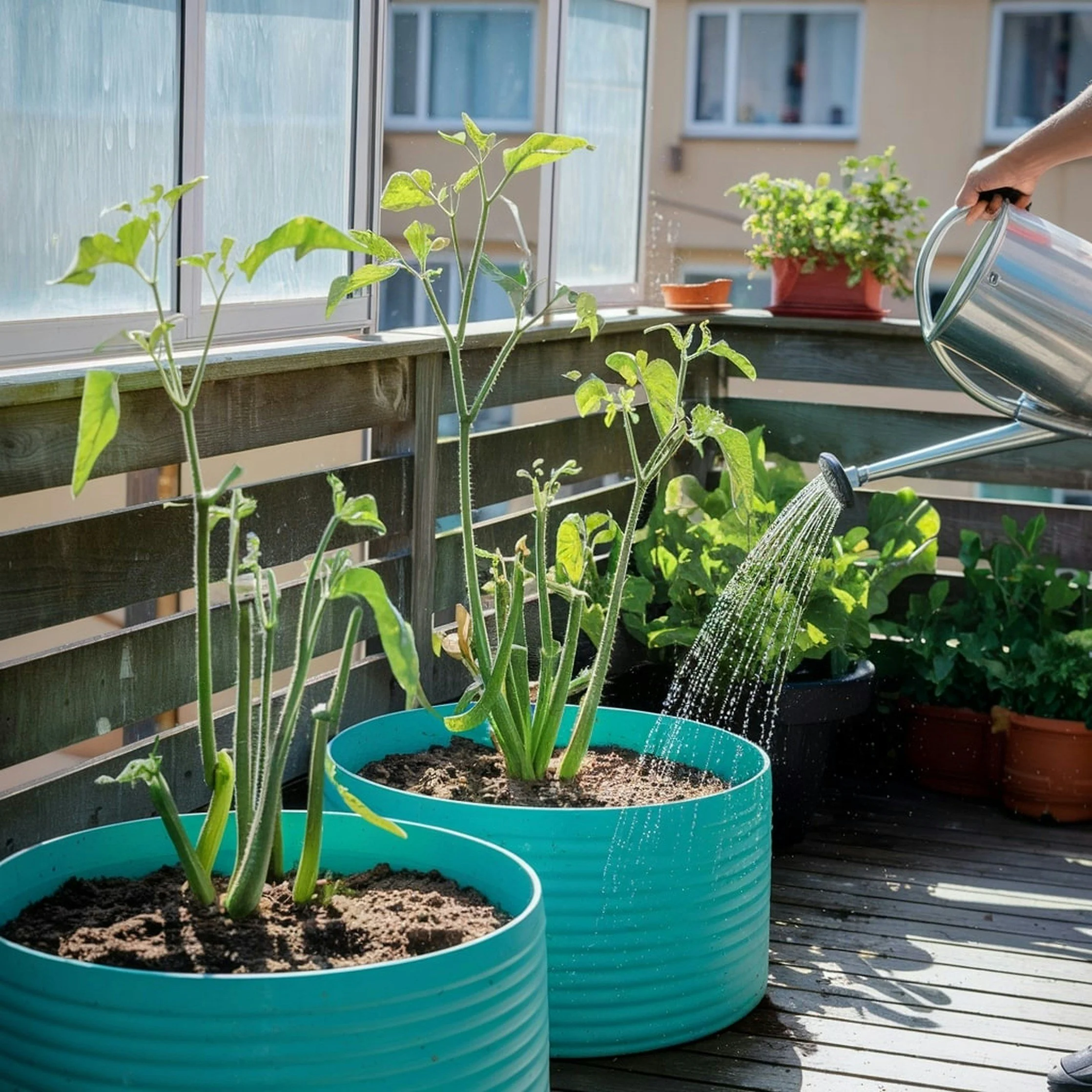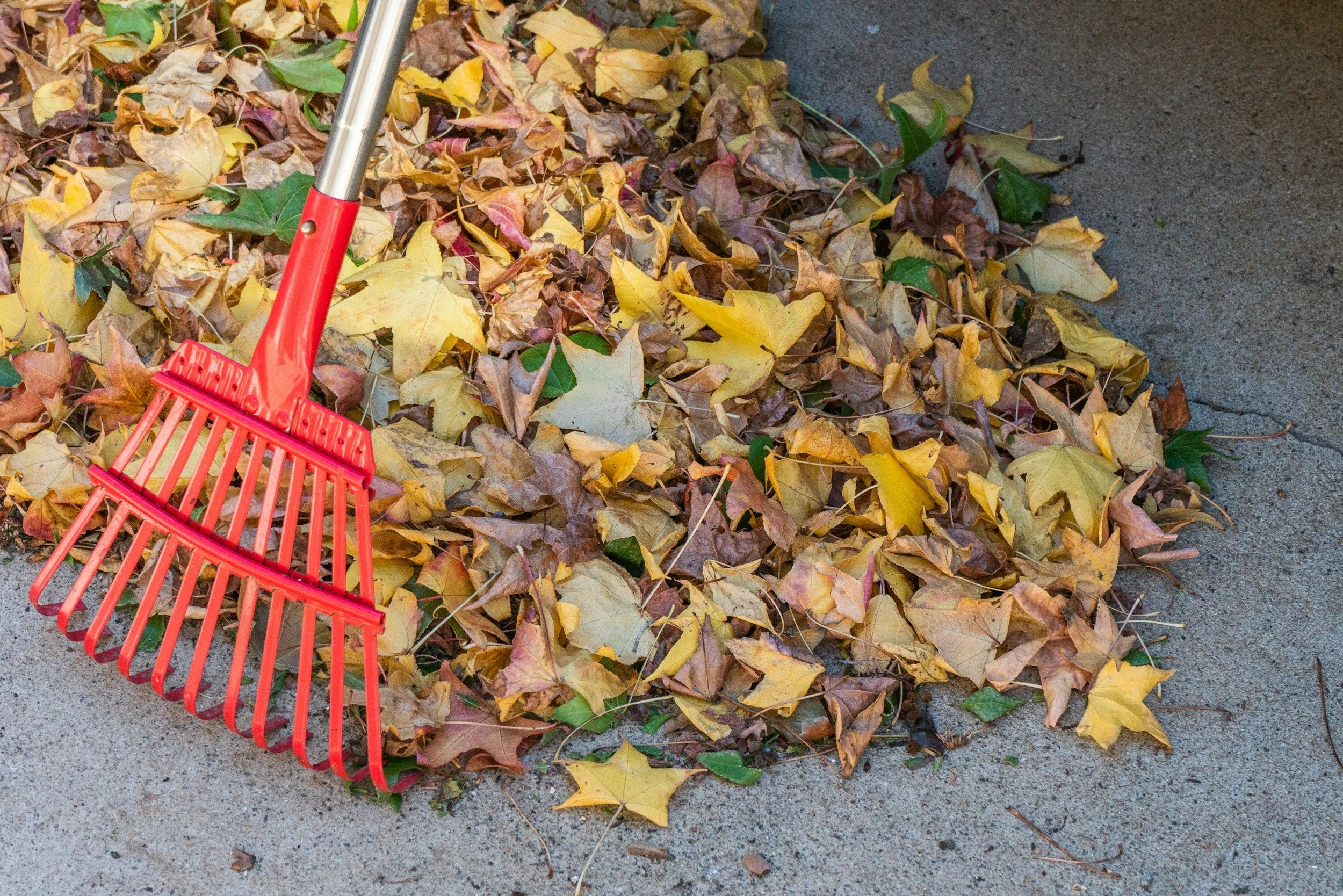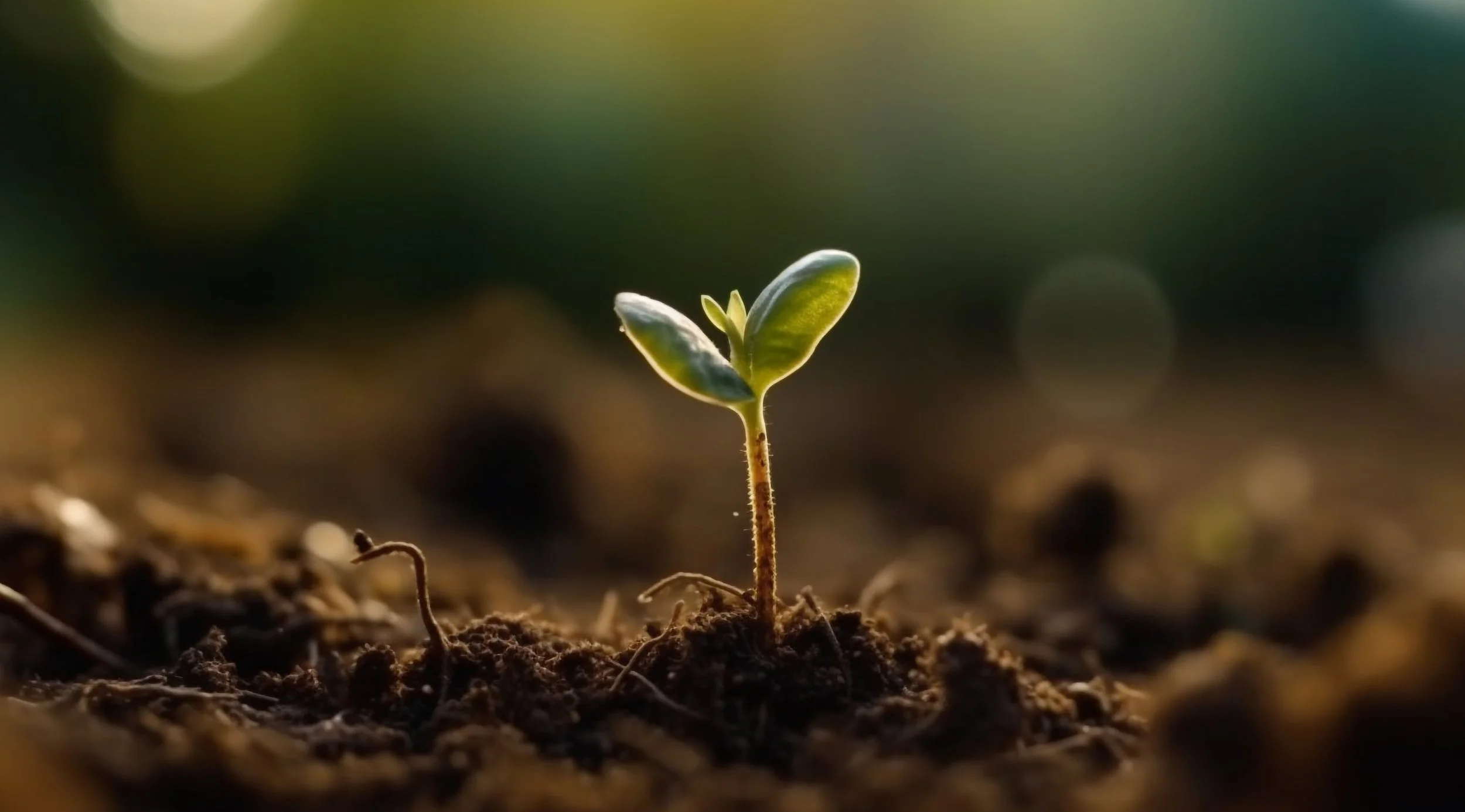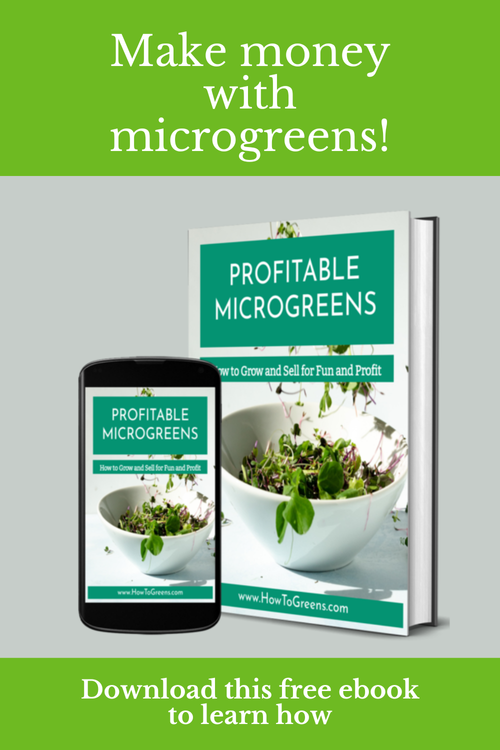DIY Organic Fertilizers: A Comprehensive Guide to Homemade Garden Nutrients
/If you're looking for a safer, more sustainable way to nourish your garden, homemade organic fertilizers might be just what you need. By using everyday organic materials you already have — like food scraps and yard waste — you can create nutrient-rich blends that support healthy soil, strong root systems, and vibrant plant growth. This comprehensive guide walks you through some easy DIY methods for making your own garden fertilizers, helping you reduce waste, save money, and grow a thriving garden without relying on synthetic chemicals.
Homemade Organic Fertilizer Recipes
Start with these basic recipes that use readily available organic ingredients to boost soil health and plant growth.
Compost-Based Fertilizers
1. Compost: A natural organic matter rich in microbes
Compost is the decomposed mixture of plant materials and kitchen scraps that creates a dark, crumbly soil amendment packed with beneficial microorganisms. It improves soil structure, adds essential nutrients, and enhances the soil's ability to retain moisture.
2. Compost Tea: A liquid extract from compost to enhance nutrient uptake
Compost tea is made by steeping finished compost in water for 24-48 hours, creating a nutrient-rich liquid fertilizer. This brew contains millions of beneficial microbes that help plants absorb nutrients more efficiently and build resistance to diseases.
3. Manure Tea: A diluted manure solution for improved soil fertility
Manure tea is created by soaking aged animal manure in water to extract nutrients in a form that plants can readily use. Always use well-composted manure to avoid burning plants and introducing pathogens, and apply this nutrient-dense liquid directly to the soil around plants for slow-release feeding.
Kitchen and Garden Waste Fertilizers
4. Coffee Grounds: Add nitrogen and improve soil structure
Used coffee grounds contain about 2% nitrogen by volume and help create a more porous soil texture. They work particularly well for acid-loving plants like blueberries, azaleas, and soursop trees, and can be sprinkled directly onto soil or added to compost.
5. Eggshells: Provide calcium to strengthen plant cell walls
Crushed eggshells slowly release calcium into the soil, helping prevent blossom end rot in tomatoes and strengthening plant stems. Rinse, dry, and crush shells into a fine powder for faster nutrient release, then work them into the soil around plants.
6. Banana Peels: Supply potassium and trace nutrients
Banana peels are rich in potassium, which promotes flowering and fruiting in plants like banana trees and other fruit-bearing species. You can bury chopped peels directly in the soil, dry and grind them into a powder, or make banana peel tea by soaking them in water for 1-3 days.
7. Grass Clippings: Return organic matter and nitrogen to the soil
Fresh grass clippings contain about 4% nitrogen and decompose quickly when added to garden soil or compost. Apply a thin layer as mulch around plants, being careful not to create thick mats that can prevent water penetration and create anaerobic conditions.
Specialty Organic Fertilizers and Enhancers
Explore advanced fertilizers that address specific nutrient needs and optimize plant performance.
Mineral and Elemental Supplements
8. Epsom Salts: Correct magnesium deficiencies and improve bloom quality
Epsom salt (magnesium sulfate) provides magnesium essential for chlorophyll production and sulfur for protein synthesis. Apply 1 tablespoon per gallon of water monthly as a foliar spray or soil drench to address yellowing leaves and improve flowering in roses, peppers, and tomatoes.
9. Wood Ash: Supply potassium while adjusting soil pH
Wood ash from untreated, hardwood sources contains about 5% potassium and 2% phosphorus, plus it raises soil pH. Apply sparingly (no more than 5 pounds per 1,000 square feet annually) and avoid using around acid-loving plants or in soils that are already alkaline.
10. Bone Meal: Offer phosphorus essential for root development
Bone meal is a slow-release source of phosphorus (around 12%) and calcium (about 22%) that stimulates strong root growth and flowering. Work 1-2 tablespoons into the soil when planting bulbs or perennials, keeping in mind it works best in slightly acidic soils where phosphorus is more available.
Liquid Extracts and Emulsions
11. Fish Emulsion: A nutrient-rich, fast-acting liquid fertilizer
Fish emulsion provides a balanced NPK ratio (typically 5-2-2) plus trace minerals in a form that plants can quickly absorb. Despite its strong odor, this fertilizer is excellent for leafy vegetables and young seedlings when diluted according to package directions and applied every 2-3 weeks.
12. Seaweed Fertilizer: Enhance micronutrient content and stress resistance
Seaweed extract contains over 60 trace minerals, growth hormones, and enzymes that improve plant resilience to drought, frost, and disease. Apply as a foliar spray or soil drench every 2-4 weeks during the growing season for stronger plants with improved fruit and flower production.
13. Worm Castings: Boost microbial life and improve soil structure
Worm castings are the digestive byproduct of earthworms, containing beneficial microbes and enzymes that enhance soil health. These nutrient-dense pellets release nutrients slowly, improve soil structure, and can be used as a top dressing or mixed into potting soil at a 10-20% ratio.
14. Comfrey Tea: Extract nutrients from comfrey for vigorous growth
Comfrey leaves are rich in potassium, calcium, and other nutrients that support fruit and flower development. Steep chopped leaves in water for 3-4 weeks in a covered container, then dilute the resulting dark liquid 10:1 before applying to flowering and fruiting plants.
15. Diluted Urine: An unconventional source of nitrogen (with proper safety and dilution)
Human urine contains nitrogen, phosphorus, and potassium in a readily available form for plants. Always dilute fresh urine at a 10:1 ratio with water before application, use only from healthy individuals, and apply directly to soil (not foliage) at least one month before harvest of edible crops.
Nutrient Benefits and Application Guidelines
Understand the unique nutrient profiles and practical application tips for each homemade fertilizer.
Nutrient Composition and Soil Health
Importance of balancing nitrogen, phosphorus, and potassium (NPK)
The NPK ratio determines how a fertilizer affects plant growth, with nitrogen promoting leaf development, phosphorus supporting root and flower growth, and potassium enhancing overall plant health. Most homemade organic fertilizers provide these nutrients in balanced, slow-release forms that prevent nutrient runoff and plant burn.
Role of micronutrients and trace elements in plant development
Micronutrients like iron, manganese, zinc, and copper are required in small amounts but are crucial for enzyme activation and metabolic processes. Organic fertilizers naturally contain these trace elements in bioavailable forms, preventing the deficiencies often seen with synthetic fertilizers.
Benefits of organic matter in enhancing soil structure and fertility
Organic matter improves soil aggregation, creating pore spaces for air and water movement while increasing the soil's capacity to hold nutrients. As organic fertilizers break down, they feed soil microorganisms that further improve soil structure and create a self-sustaining ecosystem that reduces the need for additional inputs over time.
Fertilizer safety and storage considerations
Always wear gloves when handling manure or other potentially pathogenic materials, and allow manure to compost fully (reaching 140°F for several days) before use. For odor control with fish emulsion or manure teas, add a tablespoon of molasses to the brew and cover containers during the steeping process.
Tips for storage, dilution ratios, and application frequency:
Store liquid fertilizers in opaque containers to prevent algae growth, and use within 1-2 weeks for maximum microbial benefits.
Dilute concentrated brews like comfrey tea 10:1 with water
Apply liquid organic fertilizers every 2-4 weeks during active growth periods, reducing frequency to monthly during slower growth seasons.
Application Techniques and Timing
Foliar feeding vs soil drenching
Foliar feeding provides nutrients directly through leaf surfaces for quick uptake during critical growth stages or to address deficiencies. Soil drenching delivers nutrients to the root zone for longer-lasting effects and builds soil health over time, making it ideal for regular feeding schedules.
Seasonal recommendations for fertilizer application
Apply nitrogen-rich fertilizers like grass clippings and coffee grounds in spring to support leaf growth, phosphorus-rich bone meal in fall for root development, and balanced fertilizers like compost throughout the growing season. Reduce all fertilization in late summer to allow plants to harden off before winter.
Plant-specific dosage adjustments for optimal results
Heavy feeders like tomatoes, corn, and leafy greens benefit from weekly applications of diluted liquid fertilizers, while herbs and root vegetables require less frequent feeding. Fruit trees and perennials respond well to seasonal applications of compost and slow-release organic fertilizers applied at the drip line.
Environmental Impact and Sustainability
Advantages of organic fertilizers over synthetic chemicals
Organic fertilizers release nutrients slowly as they decompose, reducing the risk of nutrient runoff and water pollution. They improve soil biology rather than bypassing it, creating resilient plants with natural disease resistance and reducing the need for chemical pesticides and fungicides.
How natural fertilizers contribute to sustainable gardening practices
Homemade organic fertilizers close the nutrient loop by returning waste materials to the soil where they originated. This circular approach reduces the energy and resources required to manufacture, package, and transport commercial fertilizers while building long-term soil fertility.
Impact on soil conservation and long-term garden health
Organic fertilizers increase soil organic matter, which improves water retention and reduces erosion during heavy rains. The improved soil structure created by organic inputs enhances carbon sequestration, making organic gardening an effective climate change mitigation strategy at the household level.
Resource Recycling and Waste Reduction
Utilizing kitchen scraps and garden refuse to create nutrient-rich fertilizers
The average American household produces about 500 pounds of food waste annually that can be transformed into garden nutrients instead of entering landfills. Collecting coffee grounds, eggshells, vegetable scraps, and yard waste for composting or direct garden application diverts this waste while creating valuable soil amendments.
Benefits of composting for waste reduction
Composting reduces the volume of organic waste by up to 80% through the decomposition process, significantly decreasing the amount of material sent to landfills. This reduction helps minimize methane emissions from anaerobic decomposition in landfills while creating a valuable product that enhances soil fertility.
Case studies on community garden recycling initiatives
The Seattle P-Patch community garden program collects over 40 tons of food waste annually from local restaurants to create compost for their gardens. This initiative has reduced waste management costs for businesses while providing free fertilizer for community gardeners and demonstrating the scalability of organic waste recycling.
Long-Term Soil Health and Biodiversity
Encouraging microbial activity and earthworm populations
Organic fertilizers feed soil microorganisms that break down organic matter into plant-available nutrients and produce substances that improve soil structure. Regular applications of compost and worm castings can increase earthworm populations by 400%, accelerating organic matter decomposition and creating nutrient-rich worm castings.
Building organic matter steadily over time
Consistent use of organic fertilizers can increase soil organic matter by 0.5-1% annually, significantly improving soil quality. This gradual buildup creates a nutrient bank that slowly releases elements as plants need them, reducing fertilizer requirements over time and creating more drought-resistant soil.
Enhancing biodiversity with natural soil amendments
Gardens regularly amended with organic fertilizers support 50-500% more soil organisms than those treated with synthetic fertilizers. This increased biodiversity creates natural checks and balances that reduce pest problems, improve nutrient cycling, and support beneficial insects and pollinators above ground.
Fertilizer troubleshooting
Signs of over-fertilization and nutrient imbalance
Leaf burn, stunted growth, or wilting despite adequate water can indicate excess fertilizer application. If plants show these symptoms, flush the soil with plain water several times to leach out excess nutrients and switch to more diluted applications or slower-release options like compost.
Adjusting fertilizer recipes based on soil pH and plant performance
In acidic soils (pH below 6.0), phosphorus from bone meal becomes less available, so increase application rates or add wood ash to raise pH. For alkaline soils (pH above 7.0), avoid wood ash and use more acidifying amendments like coffee grounds or pine needle mulch to improve nutrient availability.
Quick fixes for nutrient deficiencies
For yellowing leaves (nitrogen deficiency), apply a foliar spray of diluted fish emulsion or compost tea for quick uptake. Purple leaf undersides (phosphorus deficiency) can be addressed with bone meal tea, while brown leaf edges (potassium deficiency) respond well to banana peel tea or wood ash solution.
Safe handling and storage of raw organic materials
Store uncomposted manure, fish waste, and other raw materials in sealed containers away from food preparation areas. Always wash hands thoroughly after handling these materials, and ensure they undergo proper decomposition (reaching temperatures of 130-150°F) before application to food crops.
Using liquid fertilizers like fish emulsion
Apply liquid organic fertilizers in the early morning or evening to prevent leaf burn and maximize absorption. Dilute it 10:1 with water, apply directly to soil (not foliage), and wait at least one month before harvesting edible portions.
Best practices for maintaining proper hygiene during preparation
Use dedicated tools and containers for fertilizer preparation that are not used for food handling. Clean all equipment after use with hot, soapy water followed by a 10% bleach solution rinse, and store fertilizer-making supplies separately from kitchen utensils to prevent cross-contamination.
Start making your own organic fertilizers
Making your own organic fertilizers transforms household waste into valuable garden resources while building healthier soil and stronger plants. By combining different homemade fertilizers like compost for overall soil health, targeted amendments like bone meal for phosphorus, and quick-acting liquids like compost tea for growth boosts, you create a complete fertility system tailored to your garden's needs.
Start with small batches, observe your plants' responses, and adjust your recipes accordingly to develop a sustainable, closed-loop system that improves your garden while reducing your environmental footprint.
About the Author:
Noah Aguilar is the founder of Everglades Farm, a Florida-based nursery that grows and sells tropical fruit trees online throughout the country. Noah has over 20 years of experience growing a wide variety of tropical plants both indoors and outdoors. He loves to share his knowledge and passion for gardening and tree care.











































If you're looking for a safer, more sustainable way to nourish your garden, homemade organic fertilizers might be just what you need. By using everyday organic materials you already have — like food scraps and yard waste — you can create nutrient-rich blends that support healthy soil, strong root systems, and vibrant plant growth. This comprehensive guide walks you through some easy DIY methods for making your own garden fertilizers, helping you reduce waste, save money, and grow a thriving garden without relying on synthetic chemicals.